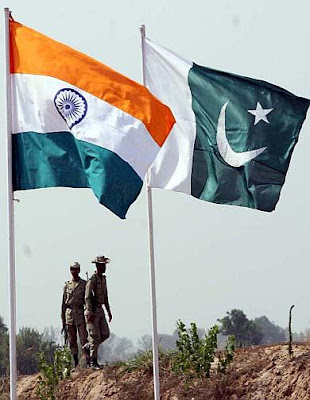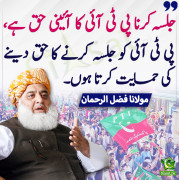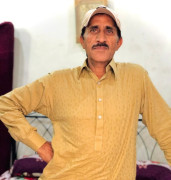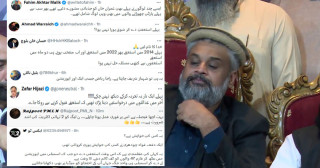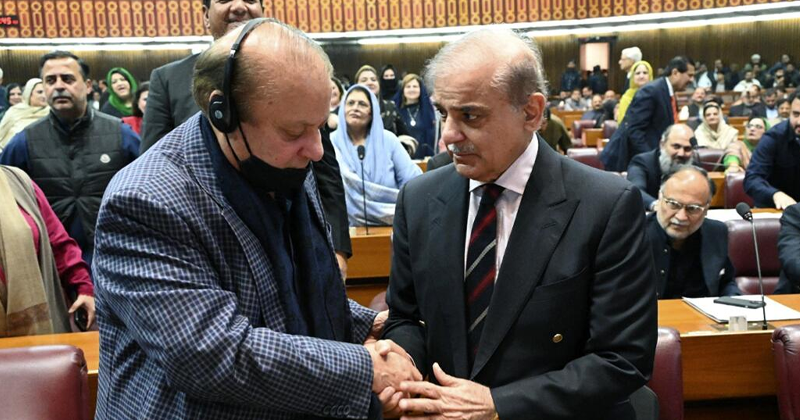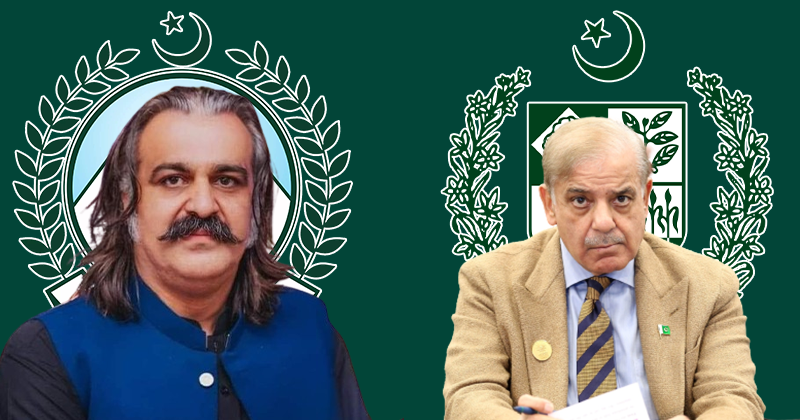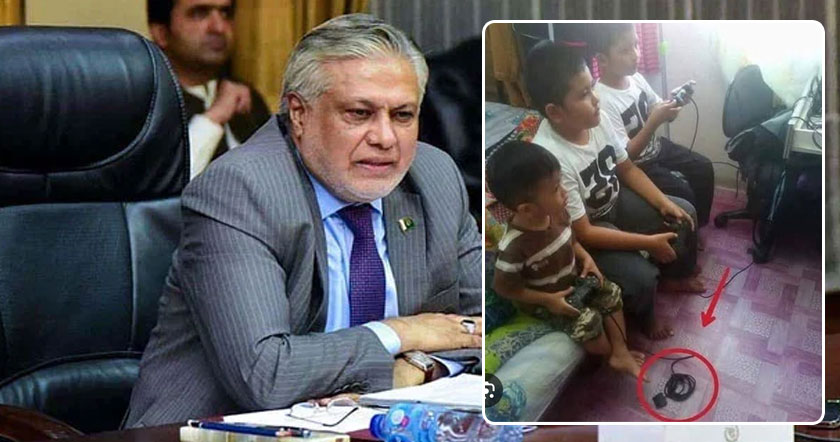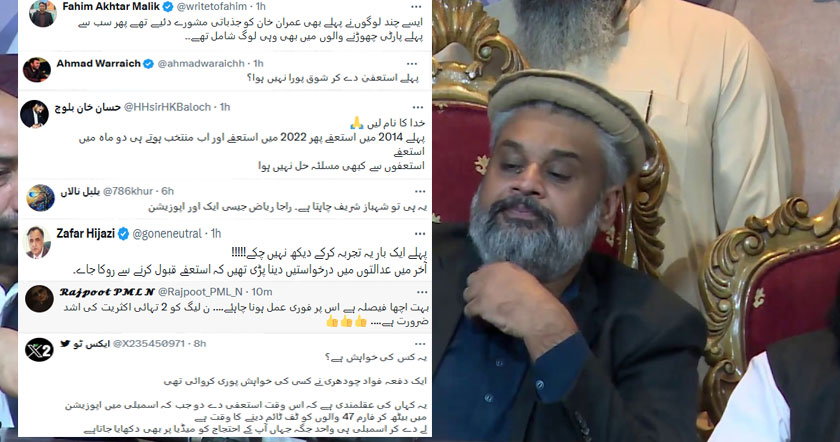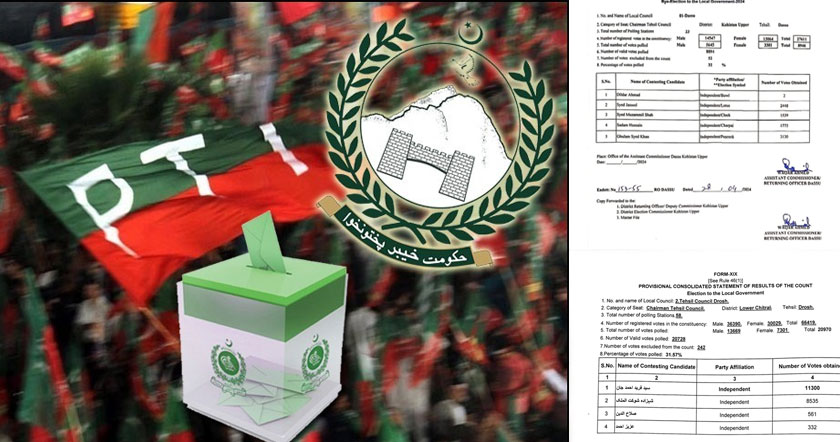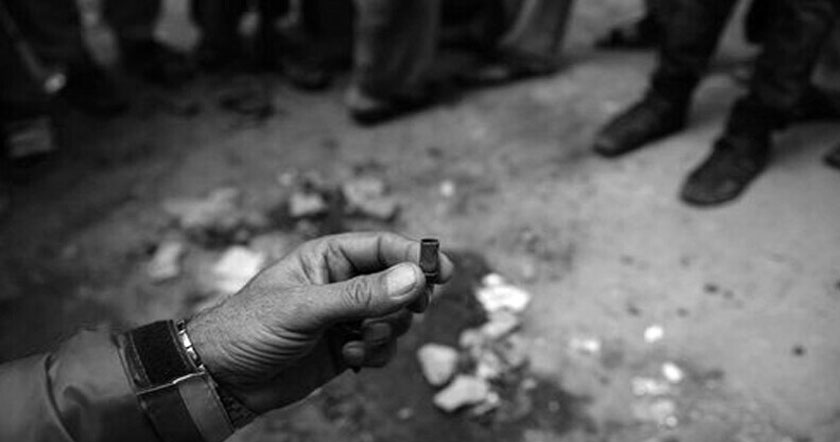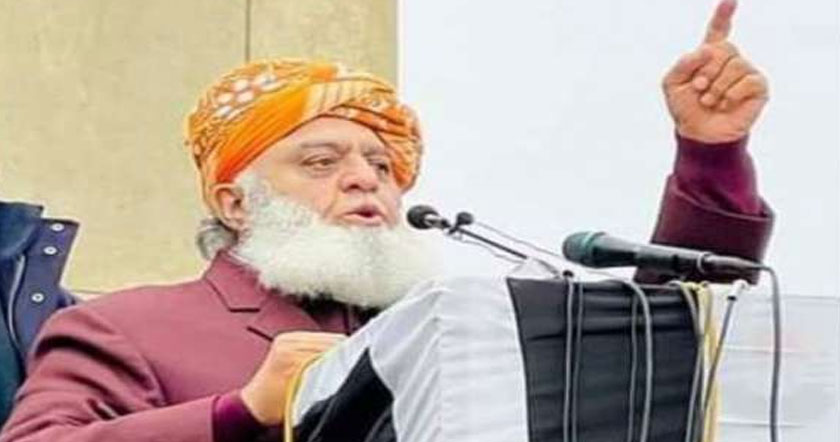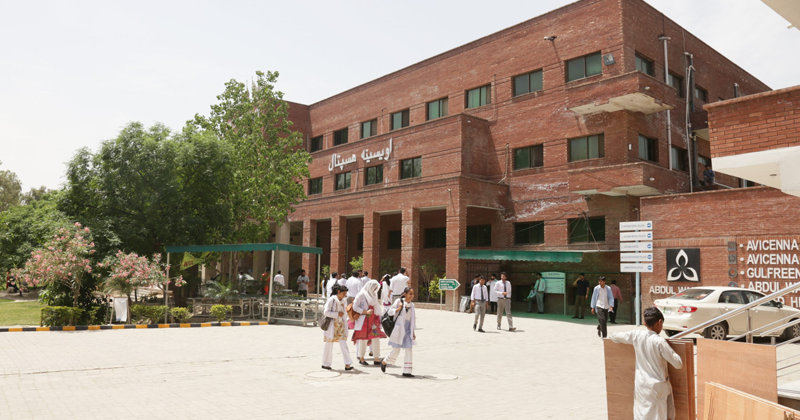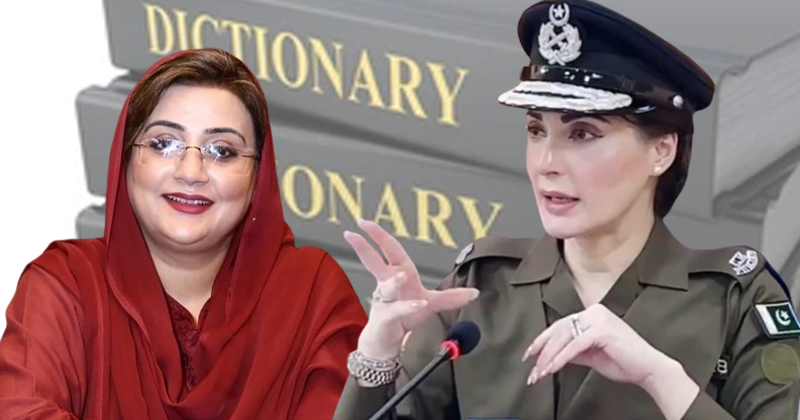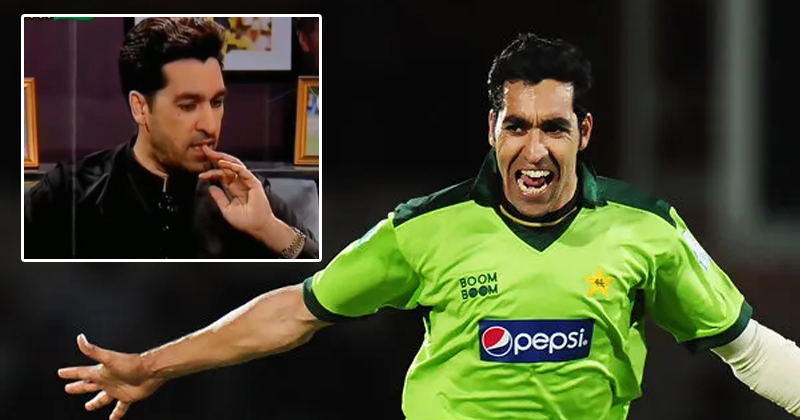http://www.riazhaq.com/2013/08/border-skirmishes-mar-67th-independence.html
India and Pakistan are preparing to observe their 67th Independence Anniversary amid growing tensions at the Line of Control (LoC) in the disputed Kashmir region. The current dangerous escalation between two nuclear-armed South Asian neighbors is a reminder of the conflict rooted in continuing denial of basic rights to the people of people of Indian-held Kashmir.
Indian occupied Kashmir is described by the Guardian newspaper as "the biggest, bloodiest and also the most obscure military occupation in the world." The paper adds: "With more than 80,000 people dead in an anti-India insurgency backed by Pakistan, the killings fields of Kashmir dwarf those of Palestine and Tibet. In addition to the everyday regime of arbitrary arrests, curfews, raids, and checkpoints enforced by nearly 700,000 Indian soldiers, the valley's 4 million Muslims are exposed to extra-judicial execution, rape and torture, with such barbaric variations as live electric wires inserted into penises".
Instead of acknowledging the reality of the world's most brutal occupation, the Indian government and media are engaging in whipping up anti-Pakistan hysteria to divert attention from it by periodically sparking border incidents with Pakistan. There have also been violent protests orchestrated by Indian politicians outside Pakistani High Commission building in New Delhi.Such tactics raise the fears of escalation and obscure the core issue of Kashmir which underlies the tensions.
The rising Kashmir tensions and Pakistan-bashing help Indian politicians take the focus away from the daily indignities suffered by the ordinary Indians:
1. India as home to the world's largest population of poor hungry and illiterate people.
2. Multiple fierce insurgencies in North East, North West and Central India.
3. India's growing twin deficits, falling rupee and shrinking GDP in USD terms. At current exchange rate, India's GDP is down to $1.66 trillion, more than $200 billion less than it was in Fiscal 2011-12.
4. India leading the world in open defecation.
5. Over 200,000 Indian farmers' suicides in the last ten years.
6. Tens of millions of missing daughters in India.
7. India's high disease burdens high rates of premature deaths.
Tensions initiated by India to divert attention from its problems also take Pakistan's focus away from its most pressing issues of domestic terrorism, economic crisis and energy shortages.
The result of it is that the ordinary people of the South Asian twins bear the brunt of the long festering problems which get in the way of improving their daily lives. As the two nations celebrate their Independence Day, it's time for their leaders to assess how much damage the continuing confrontation has done to both and resolve to end this conflict through sincere and sustained dialogue.
http://www.riazhaq.com/2013/08/border-skirmishes-mar-67th-independence.html
India and Pakistan are preparing to observe their 67th Independence Anniversary amid growing tensions at the Line of Control (LoC) in the disputed Kashmir region. The current dangerous escalation between two nuclear-armed South Asian neighbors is a reminder of the conflict rooted in continuing denial of basic rights to the people of people of Indian-held Kashmir.
Indian occupied Kashmir is described by the Guardian newspaper as "the biggest, bloodiest and also the most obscure military occupation in the world." The paper adds: "With more than 80,000 people dead in an anti-India insurgency backed by Pakistan, the killings fields of Kashmir dwarf those of Palestine and Tibet. In addition to the everyday regime of arbitrary arrests, curfews, raids, and checkpoints enforced by nearly 700,000 Indian soldiers, the valley's 4 million Muslims are exposed to extra-judicial execution, rape and torture, with such barbaric variations as live electric wires inserted into penises".
Instead of acknowledging the reality of the world's most brutal occupation, the Indian government and media are engaging in whipping up anti-Pakistan hysteria to divert attention from it by periodically sparking border incidents with Pakistan. There have also been violent protests orchestrated by Indian politicians outside Pakistani High Commission building in New Delhi.Such tactics raise the fears of escalation and obscure the core issue of Kashmir which underlies the tensions.
The rising Kashmir tensions and Pakistan-bashing help Indian politicians take the focus away from the daily indignities suffered by the ordinary Indians:
1. India as home to the world's largest population of poor hungry and illiterate people.
2. Multiple fierce insurgencies in North East, North West and Central India.
3. India's growing twin deficits, falling rupee and shrinking GDP in USD terms. At current exchange rate, India's GDP is down to $1.66 trillion, more than $200 billion less than it was in Fiscal 2011-12.
4. India leading the world in open defecation.
5. Over 200,000 Indian farmers' suicides in the last ten years.
6. Tens of millions of missing daughters in India.
7. India's high disease burdens high rates of premature deaths.
Tensions initiated by India to divert attention from its problems also take Pakistan's focus away from its most pressing issues of domestic terrorism, economic crisis and energy shortages.
The result of it is that the ordinary people of the South Asian twins bear the brunt of the long festering problems which get in the way of improving their daily lives. As the two nations celebrate their Independence Day, it's time for their leaders to assess how much damage the continuing confrontation has done to both and resolve to end this conflict through sincere and sustained dialogue.
http://www.riazhaq.com/2013/08/border-skirmishes-mar-67th-independence.html


